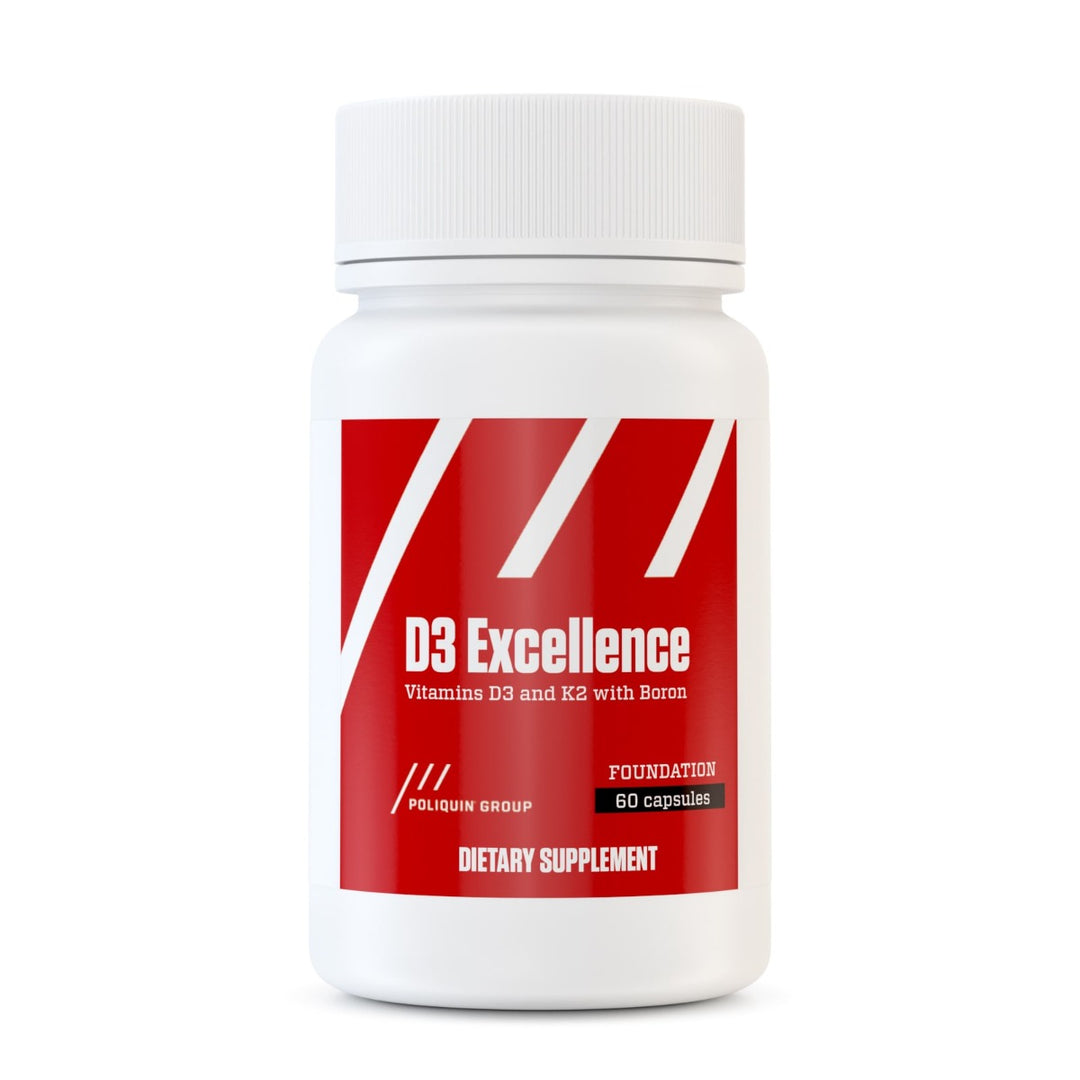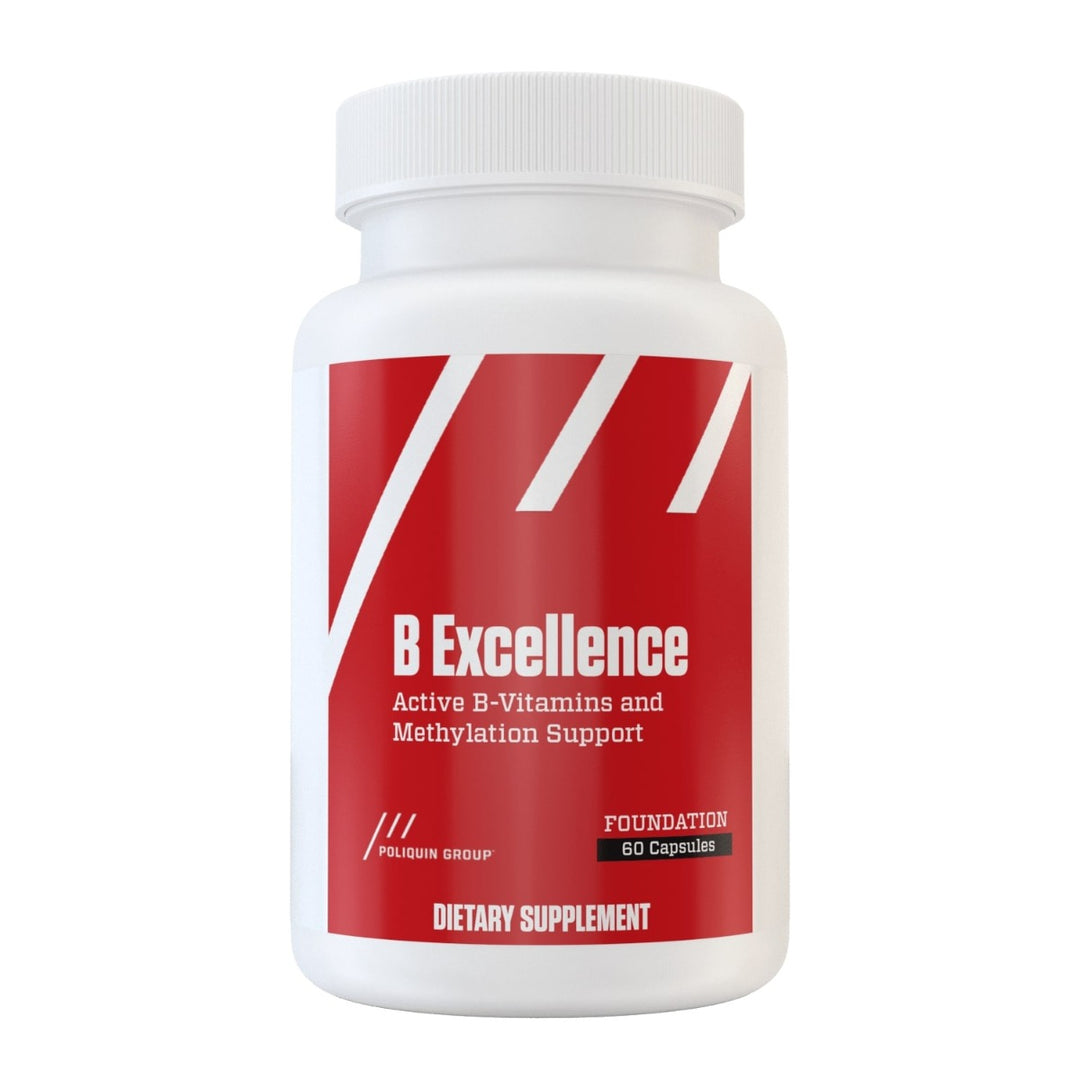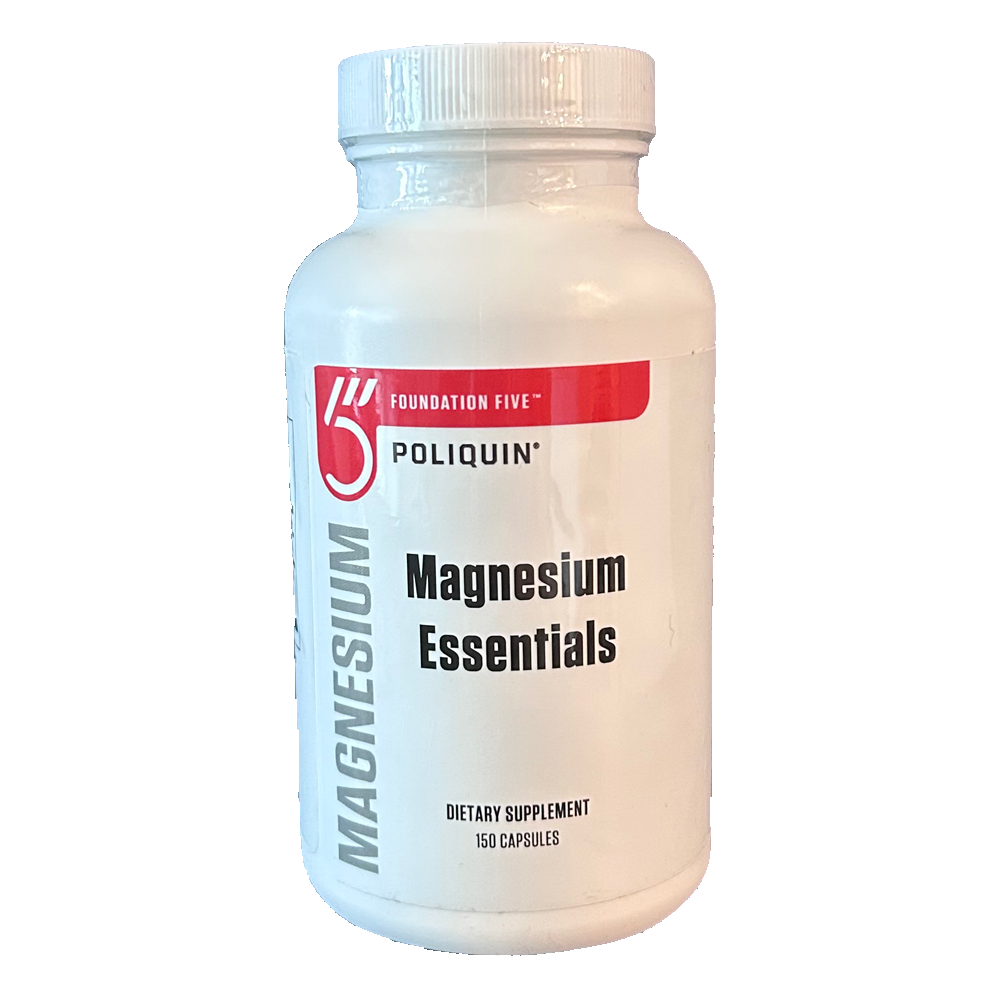Five Tips For Great Sprint Workouts
Sprint training is one of the most profound tools you have to improve your body. Quick sprints build speed, strength, and conditioning in an efficient way. They also trigger muscle-building pathways and raise metabolic rate, making sprint training your go-to workout for all body composition goals.
Here are five tips for designing successful sprint workouts so that you get fast results.
#1: Pick Your Training Mode
Most people think “sprints” mean they have to run. Not so! Although track sprints are a great way to get a killer workout, there are a number of other great training modes to choose from. You can do regular bike sprints, bike ergometer sprints (with upper body motion, such as with an Airdyne bike), rowing sprints, hill sprints, stair sprints, or even sled sprints.
The key is to pick a training mode that is appropriate for your experience levels and goals. For example, if you’re overweight and just want to lose fat, starting with bike sprints should get your started, whereas if you’re an athlete who doesn't want to be sore for days afterwards, sled sprints will get you in shape fast without any DOMS.
#2: Use Sufficient Repeats
About a month ago the New York Times created a lot of buzz (and confused a lot of people) with the following headline: One Minute of All-Out Exercise May Have Benefits of 45 Minutes of Moderate Exertion. The article revealed a slightly different picture than its headline: It covered a study that found that when subjects did three 20-second cycle sprints with 2 minutes rest they improved aerobic fitness and blood sugar control the same amount as when subjects did 45 minutes of cardio. So the time spent sprinting was only 1 minute total but the actual workout lasted a little less than 10 minutes and produced measurable health benefits.
Notice that it didn’t produce fat loss. To reduce body fat or improve muscle, you’ll need to do sufficient sprint repeats to elicit an increase in lactate build-up. Lactate build-up occurs when your muscles start to burn. It is associated with an increase in growth hormone, which will trigger fat burning and is associated with an elevated metabolic rate in the post-workout recovery period. For 20-second sprints, you’d probably need anywhere from 6 to 12 sprints in order to kick start fat loss, depending on your conditioning level.
#3: Get Rest Intervals Right
When programing rest intervals, you want to make sure you’re resting long enough to be able to maintain sprint quality and speed. Rest intervals that are too short will devolve your workout into an interval cardio workout, whereas too much rest leads to unnecessarily long workouts.
For example, if you are new to sprinting and are doing 30-second bike sprints, allow for 3 to 4 minutes of easy cycling to achieve full recovery. As you gain conditioning you can shorten rest periods to continue to elicit adaptations.
#4: Warm-Up Properly
If you’re just heading out for your first sprint session of the year (or your life), don’t start with all-out sprints right away. Many people get injured, or at the least, very sore from hitting the track for speedy 100s for the first time without some warm-up and preparation.
For warm-up, do an easy jog or cycle for 3 to 5 minutes followed by three dynamic coordination exercises such as high knees, butt kicks, and crossovers. Then do 3 intervals in which you accelerate gradually over 100 meters.
#5: Match Your Workout To Your Goals & Conditioning Level
For novices who want to lose body fat, do short, full-effort sprints on bike. Sprint for 8 seconds in which you go all-out followed by 12 seconds of active rest in which you continue pedaling slowly but steadily. Repeat for a total of 20 minutes.
For novices who want better fitness and overall health, try 3 full-effort sprint repeats of 20 seconds with up to 2 minutes active rest in between.
For active individuals who want to lose fat, try the Wingate protocol of 4 all-out sprints of 30 seconds with up to 4 minutes rest. As you improve fitness, increase the number of reps to 6 and reduce your rest time to as little as 2 minutes. Do these on a bike, track, or pushing a weighted sled.
For active individual who are doing sprints for health benefits but want to get the workout over as soon as possible, do Tabata sprints with eight repeats of 20-second maximal effort sprints with 10 seconds rest (brutal but over in no time). You can also try a 2-minute all-out effort to kick metabolism into high gear and get conditioning results. Try it with a sprint on a track, up a hill, or by pushing a weighted sled.
For individuals who want conditioning and power without the risk of injury from over striding, try hill sprints. You don’t have to run as far when going uphill, which can be useful for boosting morale and enthusiasm. Try efforts of 30 to 60 seconds. Rest is the length of time it takes to walk back down.
For strength athletes who want to boost power and conditioning, do 10 reps of 35-meter maximal sprints with 10 seconds rest.
For team sport athletes who want to improve conditioning, try a decreasing distance protocol of 400, 300, 200, 100 meters, with 4, 3, 2, 1 min. rest in between, respectively.











